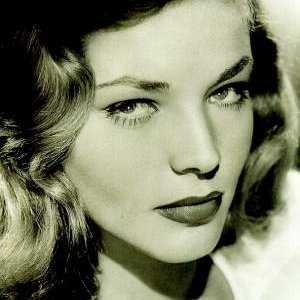Transylvania on the Potomac
I like the Dracula story. OK, I'll be honest: I like a good gothicky vampire. That's why I like Rice's Interview with the Vampire so much more than the rest of her vampire chronicles (the subsequent ones do not, in my opinion, live up to the rich promise of the first. 'Curse of the Sequel,' I suppose. At least, though, she took a couple of books to let me down, unlike Stephen King, who always seems to start with a good idea and then develop it flatly in a single book.) I like Murnau's Nosferatu. The Bela Lugosi Dracula is certainly iconic (if not actually clicheéd); as a telling of the Dracula story, it's reasonably faithful. They did ignore the vampirism/sex analogy; but then, it was released in 1931. Francis Ford Coppola's Bram Stoker's Dracula is not. (I'm sure Dracula had been called many things before 1992, but I doubt "butthead" was one of them.) To steal from a review of The Matrix (written by somebody who evidently left after the first 20 minutes), Coppola's adaptation is like a vampire itself: first it bites, and then it sucks.
I saw the Houston Ballet's adaptation in 1999, on Hallowe'en (costumes encouraged). Mostly what I remember is that my friend's mummy costume kept unravelling. That, and Dracula's apparent fetish for long blonde hair, judging by his numerous wife-clones. The story wasn't really Stoker's. Actually, it wasn't at all Stoker's. It was sort of a backstory to Stokers, 'Why Transylvanians Fear Dracula.' Oh, and Dracula had a henchman named Renfield. So, lessee...Transylvania...vampire named Dracula...devoted Renfield...yeah, that's pretty much the extent of the similarity to Stoker's story. Not that it was bad; it just wasn't, y'know, Dracula.
As a rule, I don't participate in standing ovations; they seem to be given as a matter of course – i.e., indiscriminately – these days. But like many rules, this one has exceptions, and I knew by the second scene that the Synetic Theater's adaptation was one. I doubt I shall ever see a better adaptation. I wonder if I shall ever see theatre as good.
Every aspect of the production design was exquisitely complementary. There was no set per se, just props – and not all that many – whose repositioning transported one from Castle Dracula to the Demeter. Harker looked for all the world like he was on a galloping horse (sorry, guys; I couldn't help recalling Python's Arthur and his knights. But that was mockery; yours was evocative. And coconut-free!); the dim, shapeless escorts that appeared at the edge of perception were terrible to note. The audience gasped audibly as each of Dracula's three wives was conjured seemingly out of nowhere. We saw evil being wrought in the time between moments. I never imagined it could be done, but there was convincing (and live-action!) slo-mo, enhancing the intensity of an already tense situation. Gods be praised, they made vampirism at once horrible and erotic, without a trace of the pornographic. The soundtrack – for that is what it was – added the unaccustomed dimension of strain between the sacred and the profane to the story.
And to think I nearly didn't go.


1 Comments:
This comment has been removed by a blog administrator.
Post a Comment
<< Home